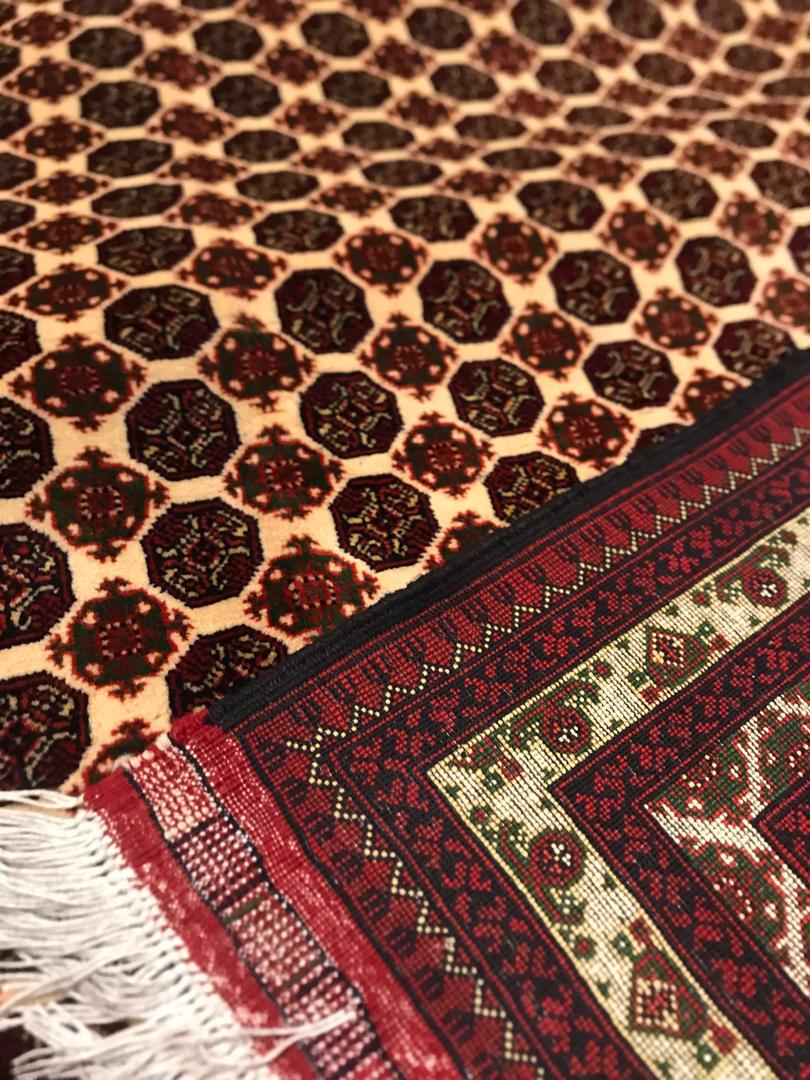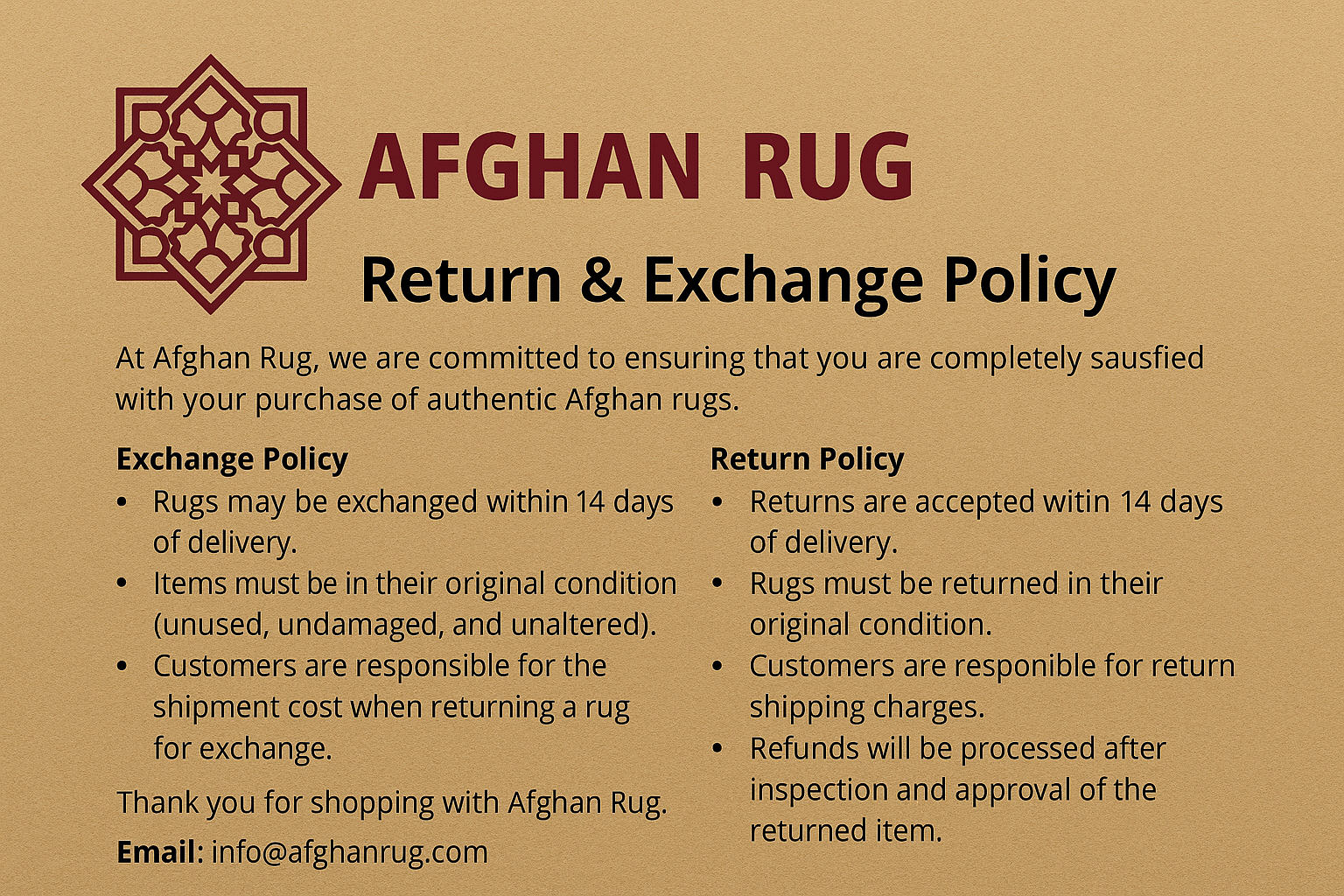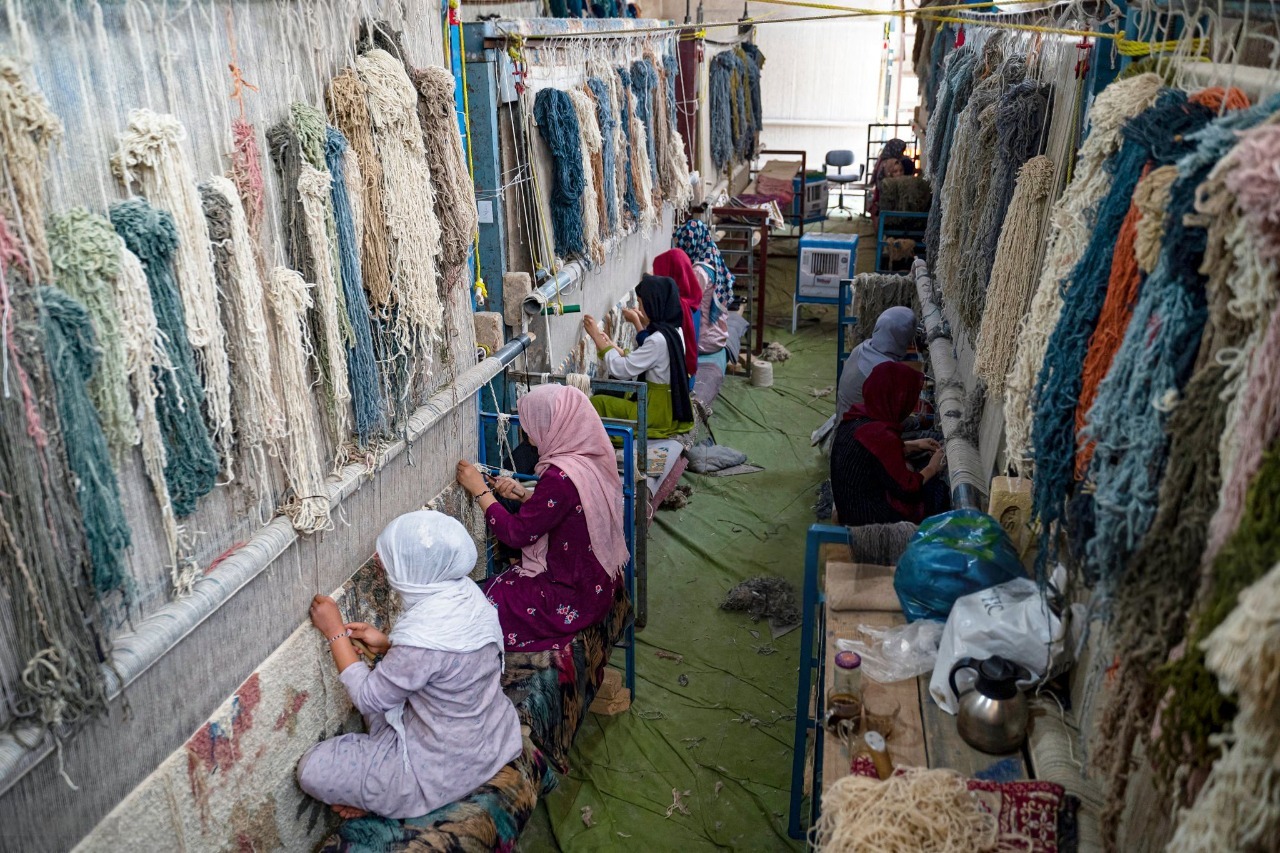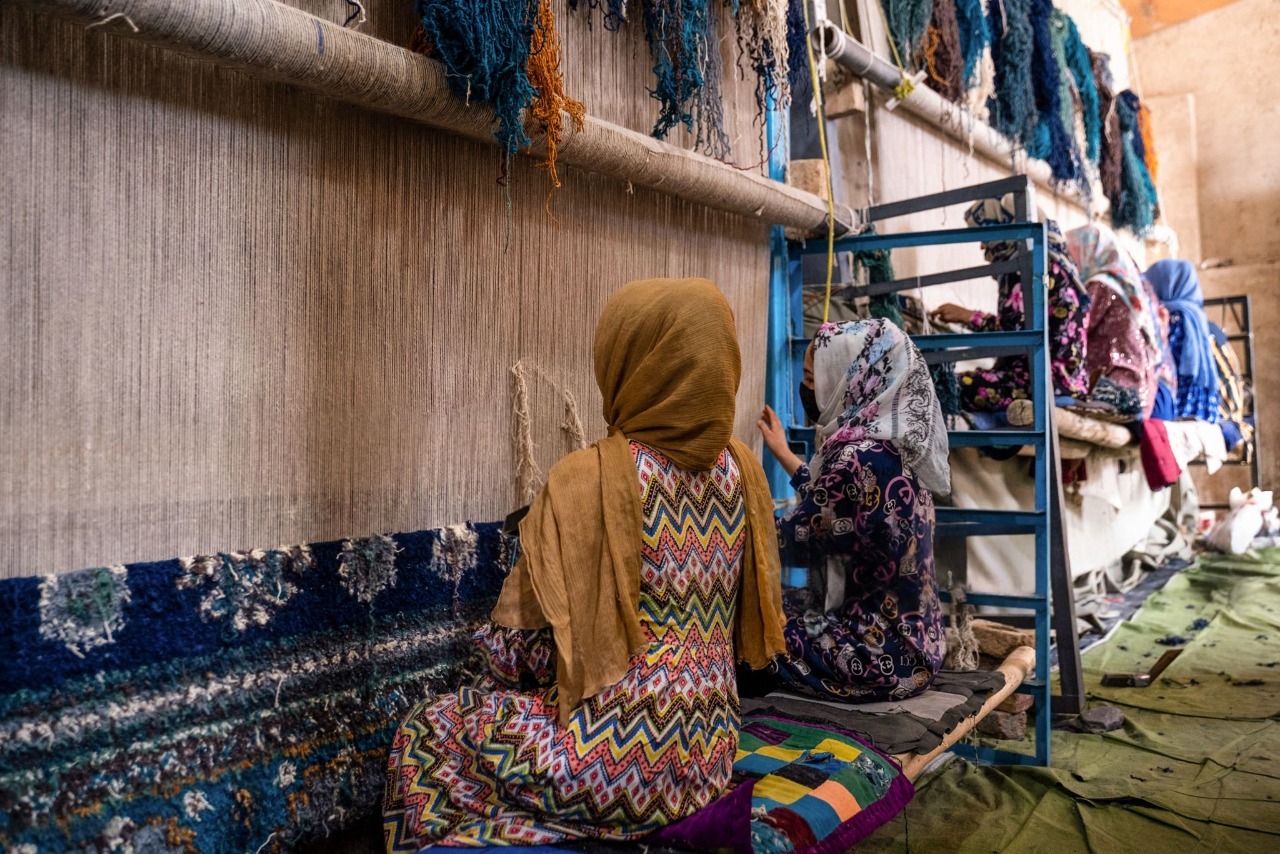
How to Identify an Authentic Afghan Handwoven Carpet
How to Identify an Authentic Afghan Handwoven Carpet
Afghan carpets are world-renowned for their rich colors, intricate patterns, and high-quality craftsmanship. But in today’s global market, it can be challenging to distinguish a genuine handwoven Afghan rug from a machine-made or imitation piece. Whether you're a collector or a first-time buyer, here are key tips to help you identify an authentic Afghan handwoven carpet:
1. Check the Back of the Carpet
The easiest way to tell if a rug is handwoven is to look at the back. In a genuine handwoven carpet, you’ll notice:
-
Irregular knots: No two knots are exactly the same.
-
Visible weaving structure: The design is mirrored clearly on the back, though slightly fuzzier.
-
No backing cloth: Machine-made carpets often have stiff fabric glued on the back to hide machine stitching.
2. Feel the Texture and Material
Afghan handwoven carpets are typically made from:
-
Natural wool or sometimes silk.
-
They feel soft but firm — never plastic-like or too shiny.
-
The texture is often slightly uneven due to hand-spun yarn.
3. Look for Imperfections (That's a Good Sign!)
Perfect symmetry can actually be a red flag. In handwoven rugs:
-
Slight asymmetry in patterns or shape is normal.
-
Small variations mean the rug is made by hand, not by machine.
4. Test the Colors
Authentic Afghan rugs often use natural dyes:
-
Rub a damp white cloth gently over the carpet. If color transfers, it might be low-quality dye.
-
Natural dyes give rich but not overly bright or artificial-looking colors.
5. Know the Origin and Design Patterns
Each region in Afghanistan has unique designs:
-
Baluchi rugs: often darker with geometric patterns.
-
Turkoman rugs: known for deep reds and “gul” motifs.
-
Herati designs: feature floral and diamond patterns.
Familiarizing yourself with regional styles can help you identify authenticity.
6. Ask for Certification or Origin Proof
Reputable sellers will:
-
Provide information about the origin, materials, and weaving method.
-
Often work directly with Afghan artisans or cooperatives.
7. Price Can Be a Clue
While not always the case, very cheap “Afghan rugs” are often mass-produced. A real handwoven Afghan carpet — especially one made with natural wool and dyes — reflects many hours or months of labor, and this is reflected in the price.
Final Thoughts
Buying an Afghan carpet isn’t just about owning a beautiful floor piece — it's about preserving culture and supporting artisan communities. By learning to identify a real handwoven rug, you ensure your purchase is authentic, valuable, and ethically made.



